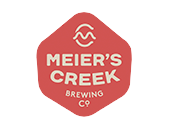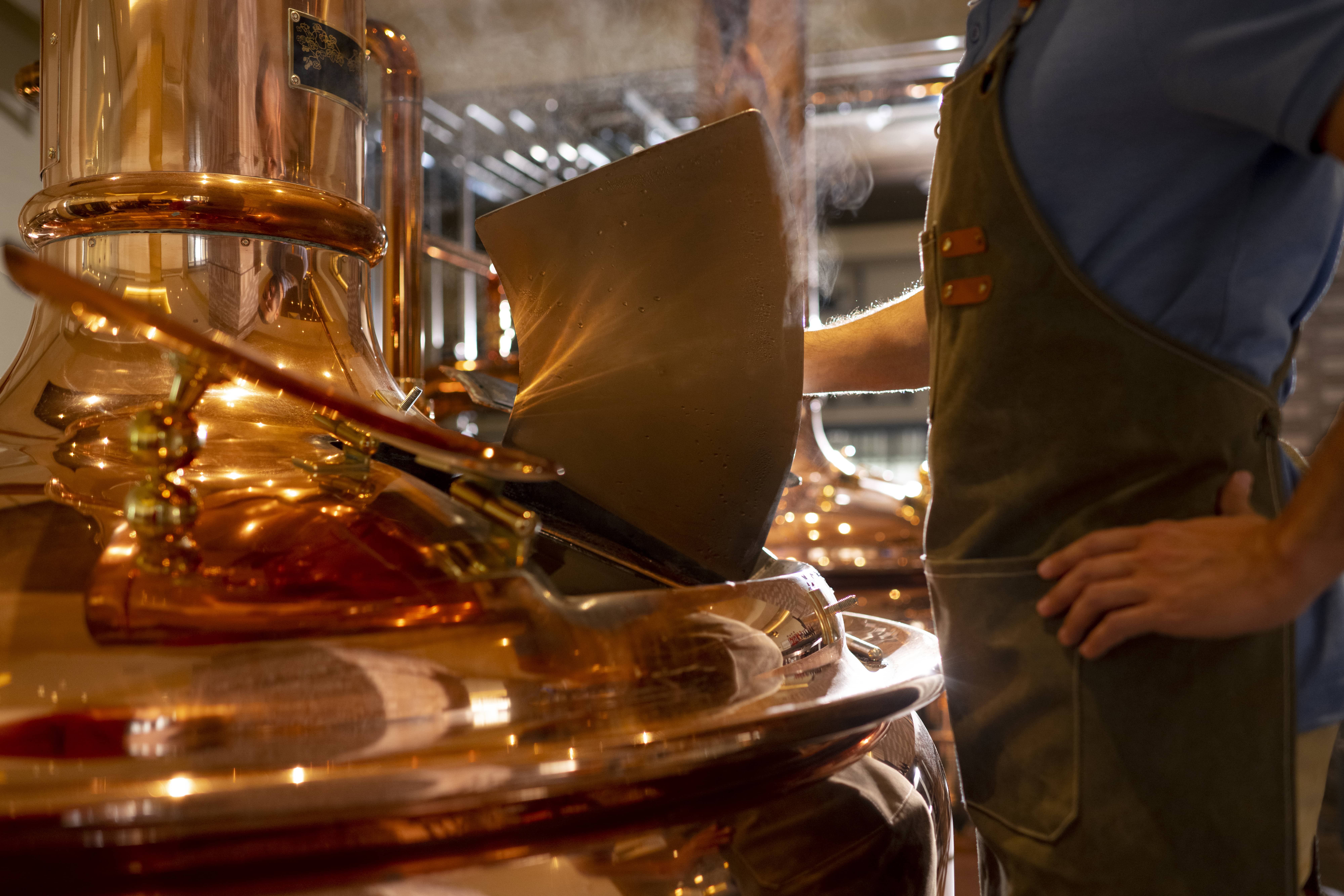2020 may have felt like a year that wouldn’t yield any great insights into emerging trends in the beverage alcohol industry. In reality, 2020 was a game-changing year. An unprecedented global situation led producers to embrace many innovations and improvements that may have taken years longer to develop in otherwise “normal” conditions. Additionally, consumers drove many changes in product offerings and sales channels due to demographic shifts (and related changes to consumer preferences and values).
In our latest paper (which you can download here), we cover the trends that made the biggest splash in 2020 and indicate clear shifts in the beverage alcohol industry in 2021 and beyond. Here’s a quick summary of the in-depth report.
Top 5 Alcohol Industry Trends in 2021 & 2022
After combing through data from top industry sources including the Brewers Association, Nielsen, Wine Business, and Drizly as well as reviewing our own research, we’ve identified five primary trends shaping the alcoholic beverage industry:
- Diversifying product offerings: Product categories like hard seltzer, RTD cocktails, hard kombucha, and organic wines will continue to rise in popularity.
- New packaging types: The use of unusual and new packaging types will proceed as the aluminum can shortage drags on, with some relief on the can supply chain due to rebounding on-premise draft sales.
- Ecommerce is here to stay: Consumers will sustain demand for alcohol ecommerce options, leading to ongoing implementation of ecommerce and DTC platforms.
- Millennials and Gen Z consumers: Brands will renew their focus on appealing to younger consumers in general — and Gen Z in particular — with digital marketing and brand campaigns.
- The rise of technology: Alcohol producers will increase their investment in technology platforms and connectivity as businesses look to gain a leg up in the post-COVID economy.
Are Things Getting “Back to Normal”?
Yes! And also, no. Many bars, restaurants, and alcohol producers are reopening at full capacity, so on-site consumption will continue to ramp up. That means companies can once again look forward to on-premise sales, the most profitable channel for many, and potentially decrease their reliance on packaging and distribution.
With that said, many alcohol producers have seen immense success offering their beer, wine, cider, and seltzer to customers in cans and bottles. And with many consumers now accustomed to ordering beverages online for pickup or delivery, it’s unlikely that these channels will shrink significantly.
While we all want to put 2020 behind us, the reality is that the pandemic permanently changed the industry — the key is learning how to adapt.
How Alcohol Producers Can Keep Up With Industry Trends
You can’t control or predict what happens in the market at large, but you can put yourself in a better position by making smart decisions in the inventory, production, and sales areas of your business. Here are a few of our top suggestions, which you can read more about in our white paper.
- Consider expanding into new product categories: Many brands have found success by adding a new product type to their lineup. We’ve seen wineries launching a beer brand, breweries expanding into wine or spirits, and seltzer brands galore. Do the research to see if a new endeavor could be successful in your market.
- Try something different with your packaging: The aluminum can shortage is still causing problems for many craft producers, so now might be a good time to experiment with a new solution. Find out what types of packaging (cans or otherwise) you can source efficiently and give them a try. Per the TTB’s announcement last year, even wineries are able to take advantage of new packaging types now.
- Grow (or begin) online alcohol sales: You can’t expect to throw your products up on an ecommerce site and suddenly get a ton of sales — you have to put the right processes in place and invest in marketing to ensure your customers find and use your online store.
- Use digital marketing to appeal to Gen Z: Younger consumers want to connect with your vision, not just your flavor profiles. Communicate your company’s values in everything you do. Don’t be afraid to shout it from the rooftops — but if you do, just make sure you post a video. Video is a hugely popular format for Gen Zers, so be sure to work it into your marketing even if you just use your iPhone.
- Invest in connected technology solutions: It’s clear that technology has become a requirement rather than a nice-to-have for alcohol producers. Ensuring a streamlined flow of data from inventory and production through to sales and accounting can save you upwards of 20 hours per month on data reconciliation.
The Future of the Alcohol Industry

Want to do a deeper dive? Download our report to get more details about the trends discussed above, including:
- Stats on 2020 alcohol sales, including trending product categories and what’s driving the change
- New packaging types being used by breweries and wineries
- A breakdown of online alcohol sales and DTC shipping adoption
- The true impact of millennial and Gen Z consumers on beverage alcohol brands
- Exclusive data on technology adoption among alcoholic beverage producers




